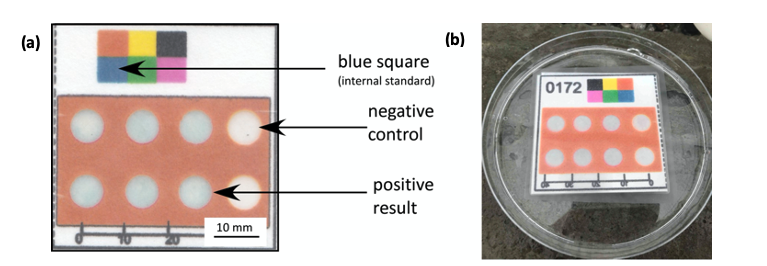
#GreatExplanations contributors, @LordMartinRees, @d_spiegel, @scarlett_jazmin, @Kat_Arney, @AdamHartScience & I have all been popping up in media lately.
A 🧵
But there's only one place where you can find all of these folk (and more) in one place 👇unbound.com/books/great-ex…
A 🧵
But there's only one place where you can find all of these folk (and more) in one place 👇unbound.com/books/great-ex…
@LordMartinRees was interviewed by @NewStatesman #GreatExplanations newstatesman.com/culture/2021/0…
@d_spiegel summarised COVID by numbers in @guardian
#GreatExplanations
theguardian.com/world/2021/oct…
#GreatExplanations
theguardian.com/world/2021/oct…
@scarlett_jazmin highlighted racism in academia on the BBC #GreatExplanations bbc.co.uk/news/science-e…
@AdamHartScience had a chat with the Sun about a massive daddy long legs!
#GreatExplanations
thesun.co.uk/news/16420330/…
#GreatExplanations
thesun.co.uk/news/16420330/…
@Kat_Arney investigated the so called 'warrior gene' on the BBC #GreatExplanations bbc.co.uk/ideas/videos/c…
And I've been writing about the carbon dioxide shortage for @ConversationUK theconversation.com/co-shortage-wh… #GreatExplanations
• • •
Missing some Tweet in this thread? You can try to
force a refresh










